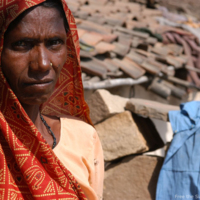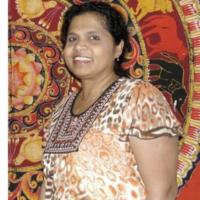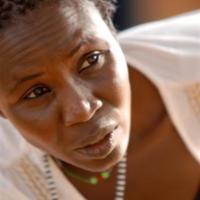
We were just supposed to be “visiting China”. That’s what she said. That’s what he said. But as soon as we crossed the border from Vietnam, I was given over to several men.
They made me their “wife”—or housemaid. I was forced to live with them for a year. Finally, with the help of a delivery woman and a student, I was able to escape and return to Vietnam.
I reported the incident to the police and my trafficker was convicted and then sentenced. He’ll be spending 20 years in prison in exchange for my one.
What happened to me that year in China is still very difficult for me to talk about or even to comprehend. There was so much pain, so much trauma. I try to share my story with my counsellor. She listens.
Today, I’m training to be a hairdresser—I eventually hope to open my own salon! But for now, I’m just focused on gaining work experience and preparing to return home.
Narrative provided by Hagar Australia









